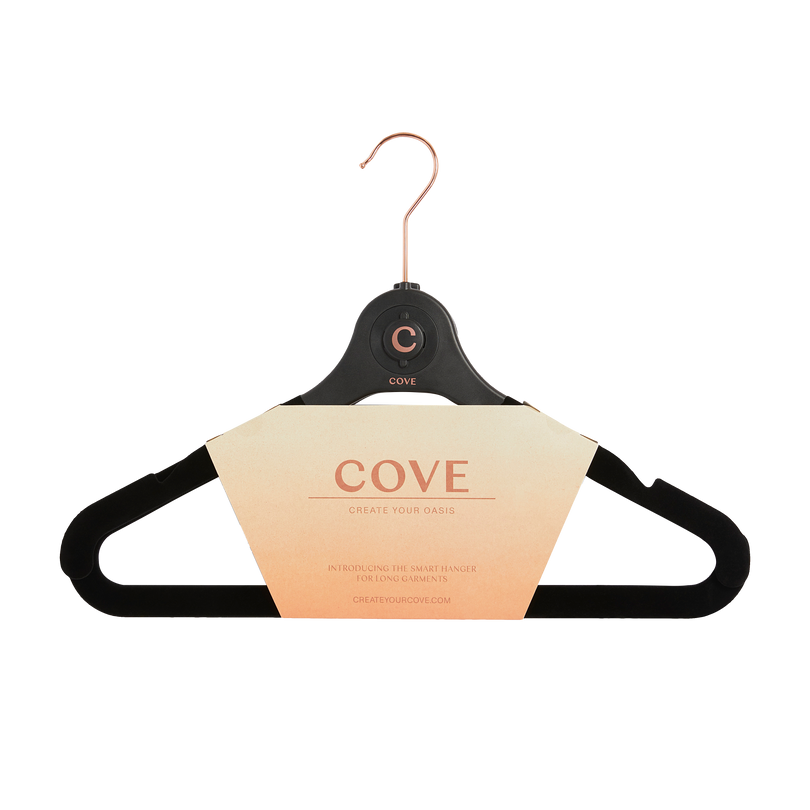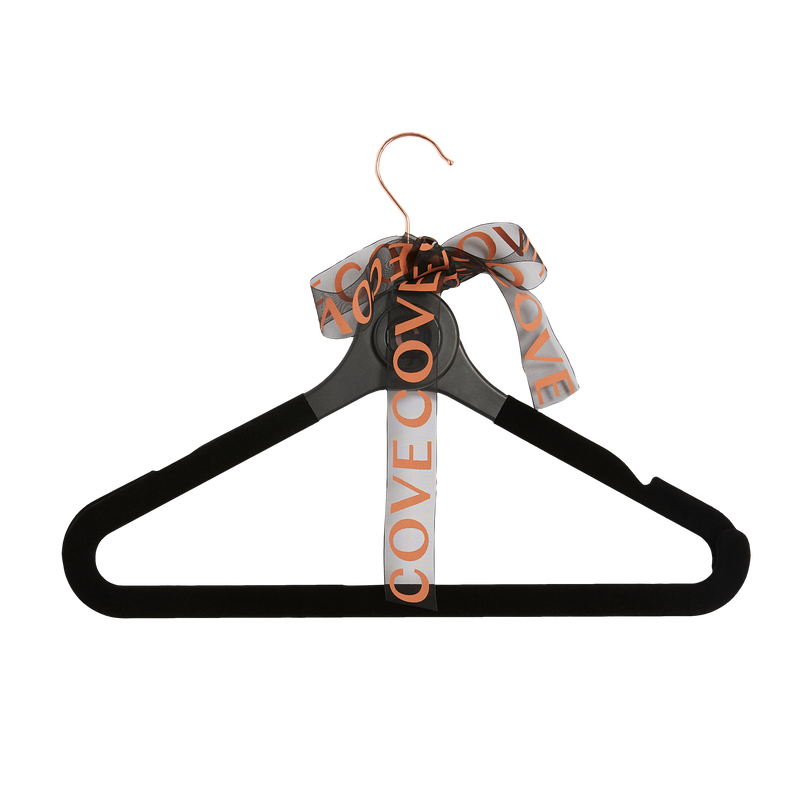The chances that your closet has enough space for all your favorite summer sandals, bathing suits, and shorts, as well as your chunky winter coats, is pretty low. Not only do we ignore half of our clothes during the hot or cold seasons, but they also take up an excessive amount of space. The bikinis forgotten in the winter and knit sweaters that won’t see the sun all through the summer sit in your closet collecting dust and risk damage through moths, mold, musty odors, and other maladies that would occur to anything sitting in one place for 6 months nonstop. To ensure your closet doesn’t look like it belongs to the type of hoarder that gets their own episode on reality TV, we’ve compiled our top tips and tricks for storing your seasonal clothes. The end goal? Keeping the clothes you don’t wear safe and sound while guaranteeing that you can actually see the clothes you have.
STEP 1: DECIDING WHAT TO PACK AWAY
The first step of packing away your seasonal clothes is actually deciding what to pack away. This is a good opportunity to purge your closet and decide what seasonal clothes are worth keeping another season and what should just be donated. A study conducted found that 63% of people want to get rid of their outdated clothes by the following year. Another study found that most U.S. women had an average of $550 worth of unworn clothes in their closets (10 Yetis). Thus you could use this mini-purge as an excuse to clean out your closet.
Read more: 5 Essential Tips to Spring Clean Your Closet
Before jumping into the specifics of how to pack your seasonal clothes away, you should probably consider what is actually getting packed away. The only thing that all these items have in common is that you should WASH and repair them before packing them away. Why? Because untreated stains (especially those left for 6 months) will ruin your clothes by further discoloring and damaging the fabric in an irreversible way. In addition, body odors and perfumes left on unwashed clothes can also set into the fabric and be more difficult to remove later. The cleaner the clothes, the less likely they will attract bugs such as closet moths, as well.
Winter/Fall Clothes to Pack Away:
- Coats & Jackets: before packing these items away, it is a good idea to give them a clean after a long season so that they’re fresh for next year.
- Scarves: be careful of washing any cashmere or wool scarves, especially as these are delicate fabrics prone to shrinking. Some key tips for washing wool:
- hang them to dry (do not place them in the dryer)
- Do not use hot water (or even warm) as this will lead to shrinking. Always wash in cold or lukewarm water.
- Do not wash products made of wool AND cotton as this can lead to uneven shrinking
- Always follow the label
- Sweaters: all your turtleneck, chunky-knit, and dress-type sweaters should be packed away with your seasonal items.
- Boots: it is pretty unlikely that you will wear your big chunky snow boots in the summer, or even your Chelsea boots (depending on the person). Put these aside to make room for all your open-toe summer shoes.
- Snow Sports Apparel: such as Ski Gear and snow pants should be put aside for the season, especially cause of how much room they tend to take up.
- Anything you can only wear between -20º and 50º F.
Spring/Summer Clothes to Pack Away:
STEP 2: HOW TO STORE YOUR CLOTHES
Now that we’ve established what to pack away and the importance of washing it all beforehand, we can head onto the next step of storing your seasonal clothes– the how. This includes some general rules of thumb about what to pack where, what materials should never be placed in the same storage container, where to store your summer dresses versus your winter jackets, and the answer to that age-old question “can’t I just vacuum-seal everything?”
General Rules of Thumb for Packing
- Keep it smelling good. Almost like finding a surprise $20 bill in your jacket pocket, it is so nice opening your clothes after 6 months of having them packed away and being hit with a pleasing aroma, rather than the musty odor of sweaters and the chlorine smell that clings to bathing suits. Shop our Scented Ribbon.
- Avoid Sharp Objects. Make sure that as you pack your clothes, there are no paper clips, safety pins, pens, or other sharp objects in the pockets or folds of your clothes. These things can tear and rip your clothes, especially when everything is tightly packed together.
- Roll Up Belts and Scarves. Not only can belt buckles damage your clothes but both belts and scarves can get tangled and wrinkled. Therefore it’s best to roll them up and place them together in a place you can easily spot them.
- Packing Shoes. If you are placing your shoes in the box with all your other items, you should consider putting them in a plastic bag so that no dirt gets on your clothes! Otherwise, you can put them in a plastic container and put them aside. A tip? Place cedar balls in your shoes to keep them smelling good.
- Rest boots on their side. Because of the height boots have, they can be damaged by their own weight when stored upright. Storing them on their side will keep them from getting squished or ruined.
- Use Laundry Bags. When storing your items, especially if storing different types of materials together, utilize large mesh laundry bags within a plastic bin so the items don’t rub onto each other and damage the materials.
- Store Similar Items Together. Storing all your blouses together, or all your jeans together makes it all the easier to find the items when unpacking (or for those one-off cold days). Pack them together in mesh bags.
- Keep Leather Separate. Leather is the bad boy of fabrics and should be kept away from all other materials. This includes leather items. This is because certain materials can damage faux leather and cause it to crack over time.
- Sweaters should stay out of sunlight. This is because the sun can cause discoloration, fading, and damage.
To Hang, Fold, or Vacuum-Seal?
There’s not a one-size-fits-all solution for packing away your clothes, and it varies on your own storage space and the type of clothes you’re packing. For example, you shouldn’t just hang your sweater on a hanger the normal way as it could misshapen the material. Instead, you should fold knit garments in half before hanging them– folding their firsts and then hanging them is best because just folding them can damage the materials.
- What to Hang: Coats and jackets, as well as your other outerwear, should be hung up to keep them from being crushed or wrinkled. As we said, sweaters should be folded and then hung up– if you have the space for it. You should also hang your favorite dresses to keep them from wrinkling, you can use one of our Long Garment Hangers to keep these neat and wrinkle-free. To store the hung items, use a cotton hanging bag or this garment bag with a window.
- What to Vacuum-Seal: Using a vacuum-sealed bag can be extremely tempting, especially for those of us without much space to spare. Unfortunately, when natural fibers are compressed, it can take months on end to return to their original size. What should you avoid vacuum sealing? Anything describable as “puffy” or “fluffy” should not be vacuum sealed, like towels, winter coats, down jackets, comforters, pillows, sleeping bags, wool sweaters, cashmere sweaters, or anything silk.
- What to Fold: Thin sweaters, silky tops, linen, or cotton clothes can all be folded away into boxes. Store all your folded items in clean plastic containers with secure lids or cotton or linen containers. These storage boxes are great for smaller spaces, to be placed on the top shelf of your closet. Avoid cardboard as it can break down and can be penetrated by insects. Cardboard can also stain your clothing. Be sure not to tightly stuff these containers, as it restricts air circulation.
STEP 3: WHERE TO STORE YOUR CLOTHES
Now that you’ve managed to get rid of all your old items, and cleaned and packed away all of your seasonal clothes, you’re probably wondering where should it all go? There are a few things you can do such as adding more space in your closet (Closet Shelves: The Easy Way to Double Hanging Space), or hiding storage containers under your bed and above your closet, which is why we’ve compiled a quick list of everywhere you can hide your out-of-season clothes.
Before putting anything away, you should be sure that all boxes and garment bags are appropriately labeled so that you can easily find everything when the time comes.
The next thing to note is that the best place to store your clothes is in your closet, to keep everything nice, neat, and all together. But you don’t want to overcrowd your closet in such a way that restricts your daily use. So, where can you store all your seasonal clothing?
- In Your Closet (on the top shelf)
- Under Your Bed
- In Suitcases
- In the Laundry Room (if you have one, you will also need to invest in a dehumidifier as the high moisture levels can damage your clothes)
- Basement
- Attic
- Separate Out-Of-Home Storage Unit
Summary
Not everyone has the space to store all their clothes together, but improperly storing your clothes can damage them. We’ve compiled our top tips and tricks to safeguarding and storing your clothes, answering questions like what should I store? How should I store my jacket? Is folding my sweater okay? And, how can I make sure my clothes come out of this smelling good? The end answer of course is extremely personal to you, your climate, and your home space.






